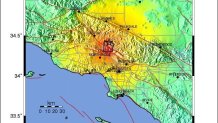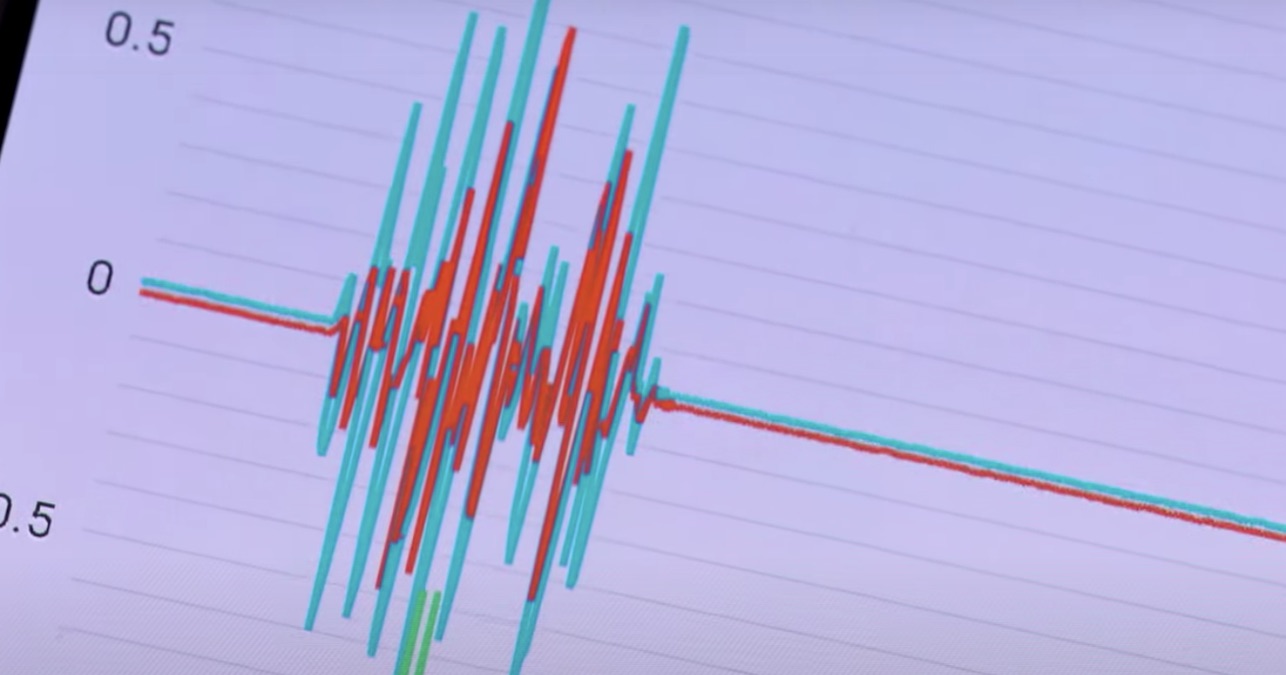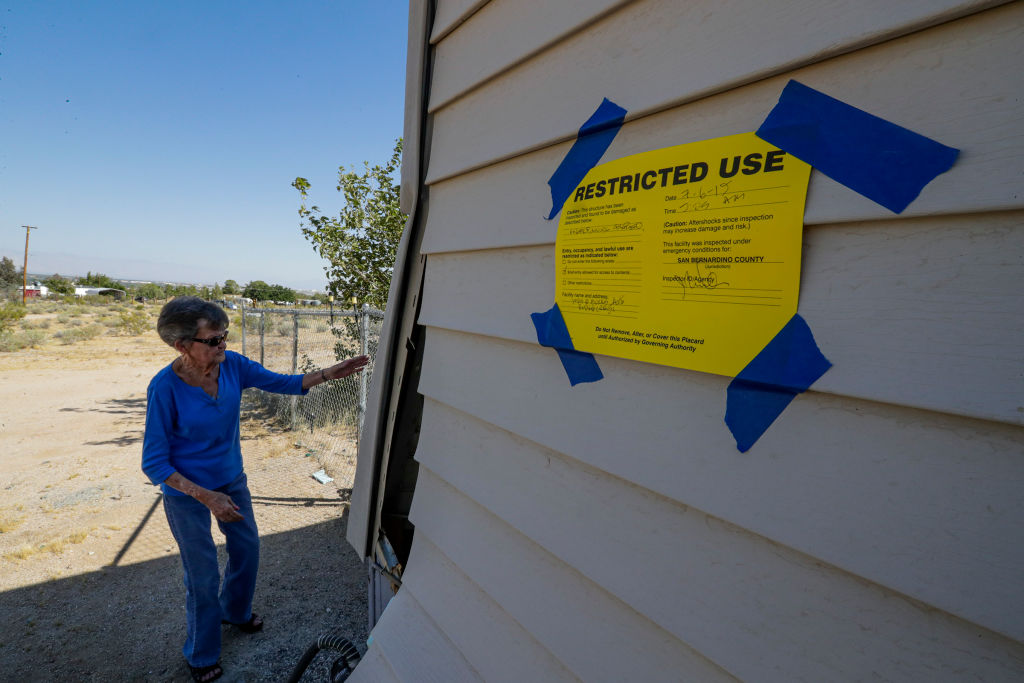
The deadly Feb. 9, 1971 Sylmar earthquake rattled Southern California, leaving dozens of people dead, causing more than $500 million in property damage and raised fears of a potentially devastating dam collapse.
Also known as the San Fernando earthquake, the Feb. 9, 1971, magnitude-6.5 quake struck at about 6:01 a.m. Its origin was in the foothills of the San Gabriel Mountains north of Los Angeles, but shaking was felt across a widespread part of the San Fernando Valley.
It was the most powerful in nearly four decades in Los Angeles.
Get Southern California news, weather forecasts and entertainment stories to your inbox. Sign up for NBC LA newsletters.
Both the Veteran's Administration Hospital and Olive View Medical Center in Sylmar were severely damaged, accounting for many of the deaths. Much like the Northridge earthquake 23 years later, the quake also tore apart freeway overpasses.

But the threat of disaster didn't end when the shaking stopped. There was fear of an imminent collapse of the Van Norman Dam, which held more than 3.5 billion gallons of water just northwest of San Fernando. Part of the dam crumbled in the quake, and more damage was reported with each aftershock. Residents along the 405 Freeway were evacuated for days until the dam was shored up and determined to be safe.
February 1971: The Magnitude-6.5 San Fernando Earthquake Shakes Southern California
The shock was felt for 300 miles along the Southern California coastal region and as far inland as Las Vegas, according to the California Geological Survey.
The aftermath led to major changes for building construction and the Alquist-Priolo Act. The law limits construction along active faults able to rupture the ground surface.
Congress took actions that ultimately led to what is now the U.S. Geological Survey's Earthquake Hazards Program.



